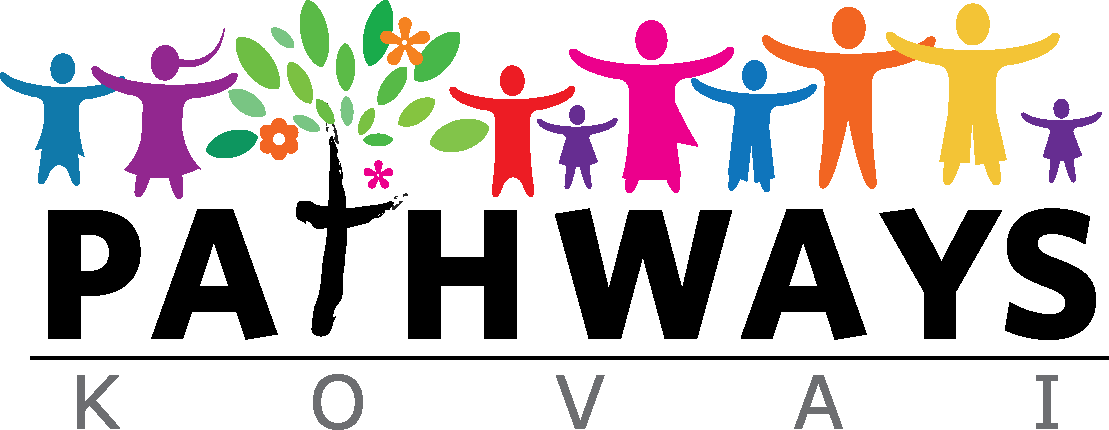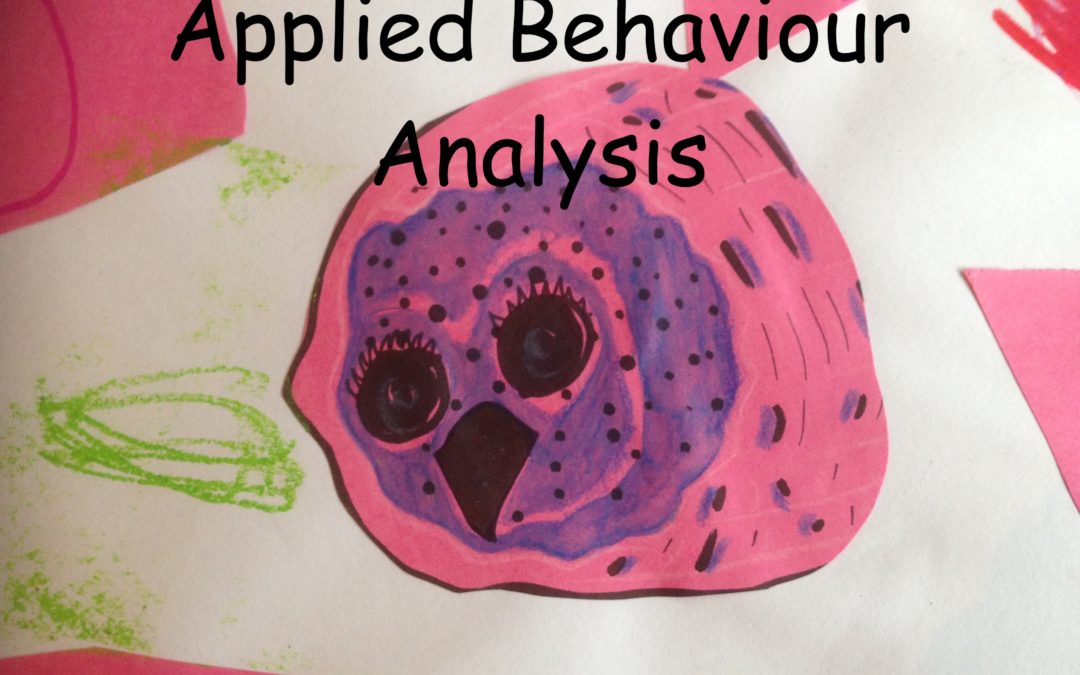Written by Dr K Porpavai
One of my students at the Post-Graduate CAMH course asked me about ABA and whether it could be learnt online. This blog is to answer Dr Pradeep’s query but also to benefit others who may have the same question. In this article I will address the basic underlying principles of behaviour therapy and ABA.
What is ABA?
Behaviour analysis is the process of observing behaviours of an individual closely to help understand how the individual learns. ABA is a field of psychology that focuses on applying learning theory principles to bring about meaningful and positive change in behaviour. Today, ABA is widely recognised as a safe and effective treatment for Autism.
Basic principles of behaviour therapies.
All behaviour therapies are based on common concepts about how we learn behaviours. At the most basic level, operant conditioning involves presenting a stimulus (request) to the child, and then providing a consequence (a “reinforcer” or a “punisher”) based on the child’s response. For example, you can ask the child to bring you a book to read. If he brings the book the “reinforcer” could be a verbal praise such as “well done for bringing the book” or a gesture such as a pat on the back or a hug or giving him a desired toy. If the child did not respond and continues to play with his toy a “punisher” could be taking the toy away from the child as he did not respond to the stimulus.
Basically, a reinforcer is anything that we do as a consequence of a response that increases the probability or frequency of that response being repeated. The more we use reinforcers the more the desirable behaviour. Whereas a punisher is a consequence that decreases the probability or frequency of that response. In behaviour therapy the term “punisher” is a technical term and does not imply the use of physical abuse such as hitting, slapping or pinching. Possible punishers in young children are verbal disapproval or withholding a desired object or activity. Reinforcers and punishers are different for different children.
Before these principles are applied to a particular child it is important to perform a functional assessment of possible reinforcers or punishers to determine which ones are most effective in shaping a child’s behaviour. While all behaviour therapies have similar principles, specific technique may differ in different forms of therapy.
Some therapies focus on the precursors/antecedents of the behaviour and aim at intervening before the appearance of the target behaviour. For instance, if a child has a meltdown every single time after being touched on the head, then not touching the child on the head would prevent meltdowns. Some therapies focus on the consequence of a behaviour and involves procedures implemented following the behaviour. Other methods involve skill development and procedures teaching alternative more adaptive behaviours.
Principles underlying ABA therapy
- ABA therapy is based on the principle that influencing a response associated with a particular behaviour may cause that behaviour to be shaped and controlled.
- ABA is a systematic way of observing someone’s behaviour, identifying desirable changes in that behaviour and then using the most appropriate methods to make those changes.
- As discussed above, it is based on the idea that someone’s behaviour can be changed by altering what happens before the behaviour occurs (known as the antecedent) and /or by altering what happens after the behaviour occurs (known as the consequence).
- It is mixture of psychological and educational techniques that are individually tailored to alter behaviour ABA involves the use of behaviour techniques to measure behaviour, teach functional skills and evaluate progress.
- ABA therapist involves parents, caregivers and others in the child’s life to implement the program.
- ABA methods can be applied to individuals with Autism Spectrum Disorder (ASD) and any other conditions where behaviour change is favourable.
- In ASD, ABA is used to increase desirable behaviours (to maintain focus on task, social interactions) and to teach new skills (communication skills, life skills or social skills); to maintain learnt behaviours; to generalise or transfer behaviour in different situations; modifying the environment to promote desirable behaviours and to reduce interfering behaviours (self-injury or stereotypy)
In the next blog I will address the efficacy of ABA, qualifications/training required, and different types of techniques used.


Recent Comments